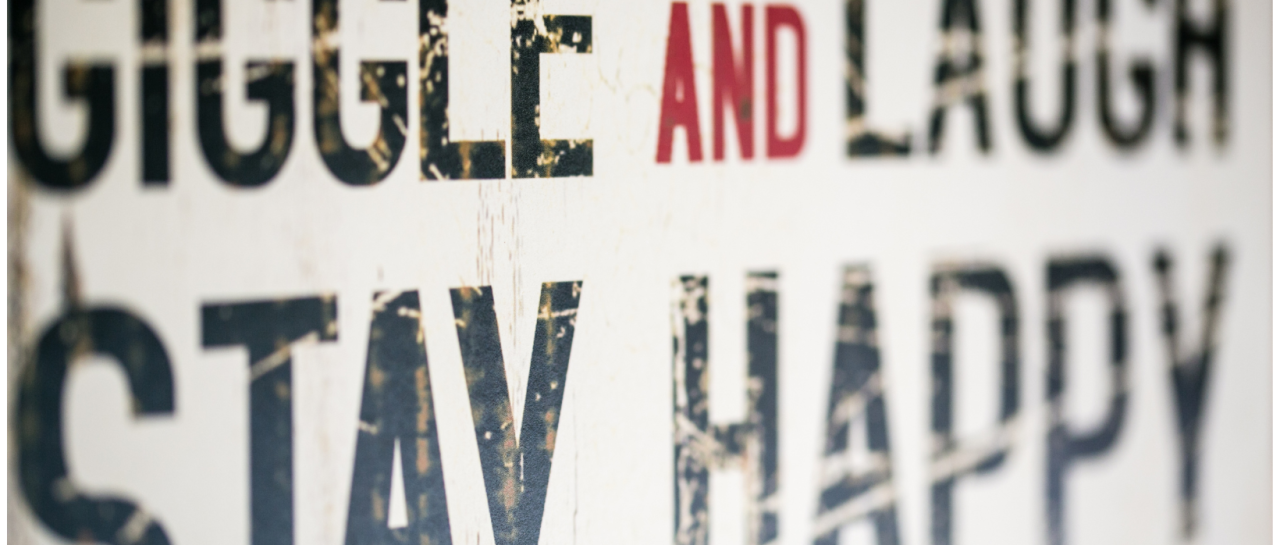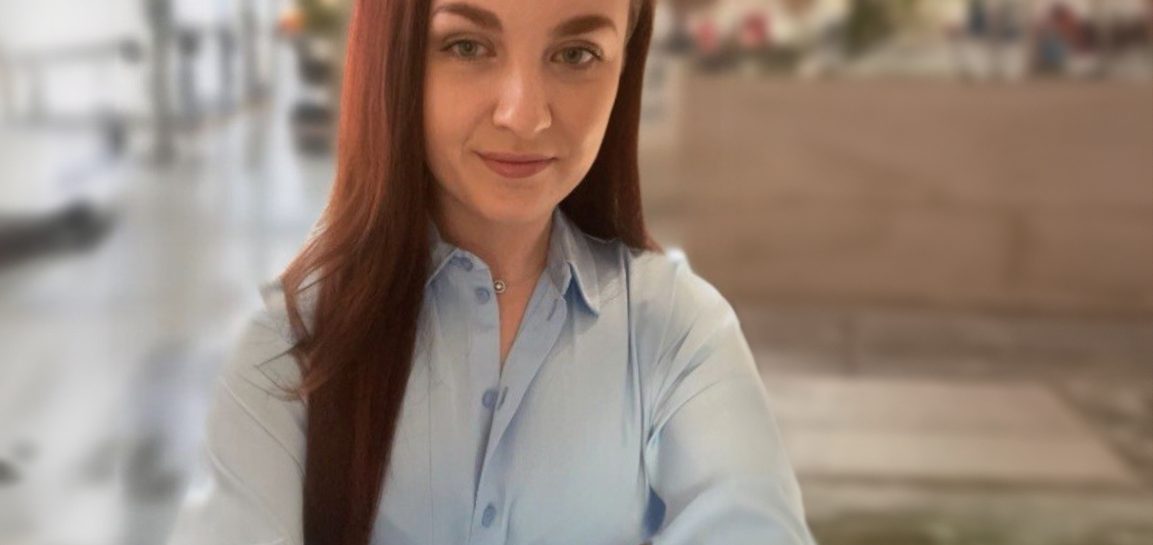Author: Claire Lish (ABP Company Secretary/Governance Lead) Be honest. When was the last time you and your colleagues completely lost it in one of those contagious “belly laugh” moments where even when a quiet pause of composure arrives, someone else in the group sets it…

“Embrace the not knowing: Use curiosity to learn and form better relationships”
Author: Wendy Teo (Marketing & Communications Director)

Starting out in a new career, organisation, or even a different role can be challenging. This might be what attracted you in the first place. Question is, how do you make the most of those daily opportunities? What could you do to forge effective relationships in your new organisational life? What does it take to build the confidence to start making an impact?
The answer to unleashing your superpowers might be simpler than you think – asking thoughtful questions and listening attentively to the answer. This is a skillset we learn in our formative years. If you are a recent student, researcher, or simply a keen learner, you might already be more practised at this than your new colleagues and far closer to mastery.
Questions, questions
If this seems too simple, consider what Schein calls ‘Humble Inquiry’ in his eponymous book subtitled ‘The Gentle Art of Asking Instead of Telling’ (2013). This means being constructively curious in order to build effective working relationships. This, he asserts, helps us avoid making unhelpful assumptions – something we might do to avoid admitting we don’t know. Schein’s approach invites us to embrace not knowing and to use our curiosity to ask questions which help us 1) learn 2) form better relationships and 3) avoid giving the impression we think we know everything (or worse, that we aren’t interested enough to find out).
Take a tip from the coach
Skilful use of questions is central to coaching, something we expect from more senior or experienced colleagues. But you don’t need to be a coach to ask insightful questions. Although we might feel uncomfortable ‘turning the tables’, we should remember experienced but busy people can forget to empathise with learners. So, your timely question could be a helpful reminder of how they can get what they want – first time round. In ‘The Coaching Habit’ Bungay Stanier suggests many of the best questions begin with ‘what’. Based on research in developmental and educational psychology (2016), he claims this is because they are easier to answer and much less threatening than questions like ‘why do we need to do that?’ Homing in on purpose, with questions like ‘what are you hoping I can bring to this role/project/meeting?’ ‘what are your goals for the project?’ or ‘what decisions are you hoping this report will drive?’ can quickly cut to the heart of things. They can seem obvious questions, so we don’t dare ask and instead assume. Or, we worry we might challenge someone by putting them on the spot. Perhaps what’s important to remember here is that by asking to gain a deeper understanding, we encourage the work-giver to think more deeply about the task. This can have several results. It generally produces a clearer brief, saves time and avoids anxious second-guessing. Also, it removes ambiguity and creates agreement on what good will look like. Potentially offering you a greater chance of success and recognition. Schein also highlights a higher purpose in terms of building rapport (2013). A question that begins a meaningful conversation can be a powerful way to show that you value a colleague’s opinion, the task, the outcome and the mutual achievement of goals. These add up to demonstrating you respect them and will protect their reputation – a valued currency in any organisation.
Hear yourself think
So how do we make the most of the situation we have and listen well? Kline (1999) describes ‘listening to ignite the human mind’; a style that demands concentration, eye contact and acknowledgment of the speaker. She argues people rarely think for themselves because we need a ‘thinking environment’ to do our best work and yet, we rarely create the space. In the context of unrelenting organisational change, Kline explains practical ways to transform a tired dysfunctional meeting into a place to think and find better answers. The first two of her ten components for a listening environment are attention and incisive questions. So, might we feel more confident if we reframe thoughtful questions and careful listening as the gift of freedom to think?
Try it for yourself
Why not give yourself permission to be curious? Listen well to the answer and ask again if you don’t get it first time. My experience from project meetings to boardroom discussions is that asking questions to pinpoint the objective, helps achieve greater satisfaction for everyone and can even cause the task to evaporate altogether! It can result in a colleague saying ‘now I think about it, maybe we don’t need to do that after all. What about…?” or asking you, “what do you think would work…?’ By this point, you may have carved a space to think and contribute something that is uniquely you.
References
Bungay Stanier, M. (2016) ‘The Coaching Habit. Say Less, Ask More and Change the Way You Lead Forever.’ Toronto, Page Two
Kline, N. (1999) ‘Time to Think. Listening to Ignite the Human Mind.’ London, Ward Lock
Schein, E. H. (2013) ‘Humble Inquiry. The Gentle Art of Asking Instead of Telling’. California, Berrett-Koehler Publishers, Inc.



